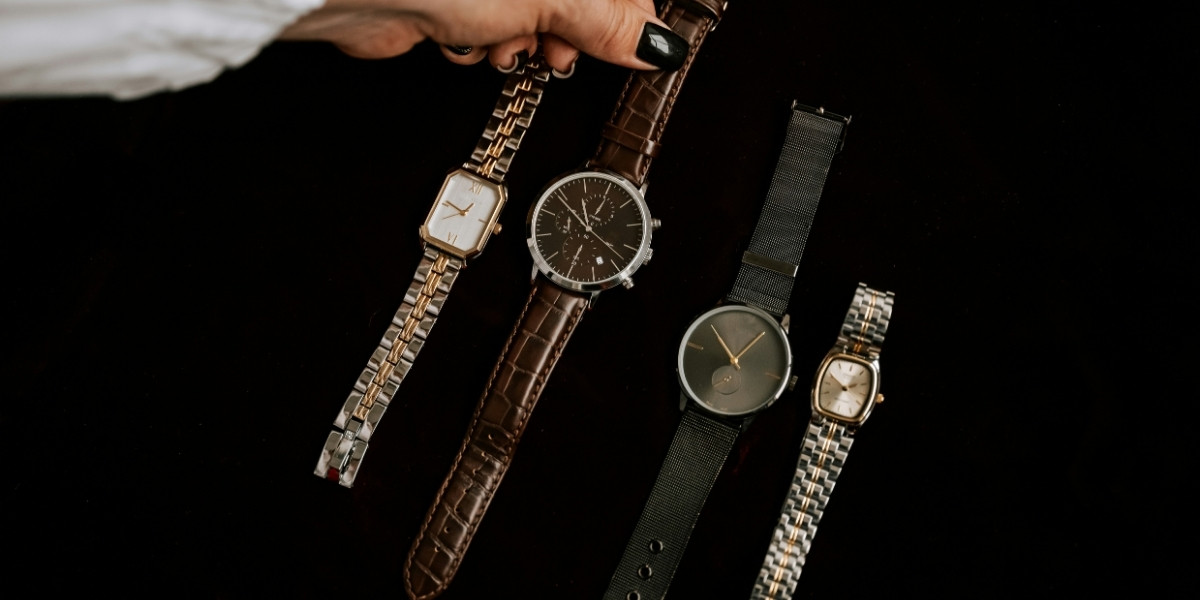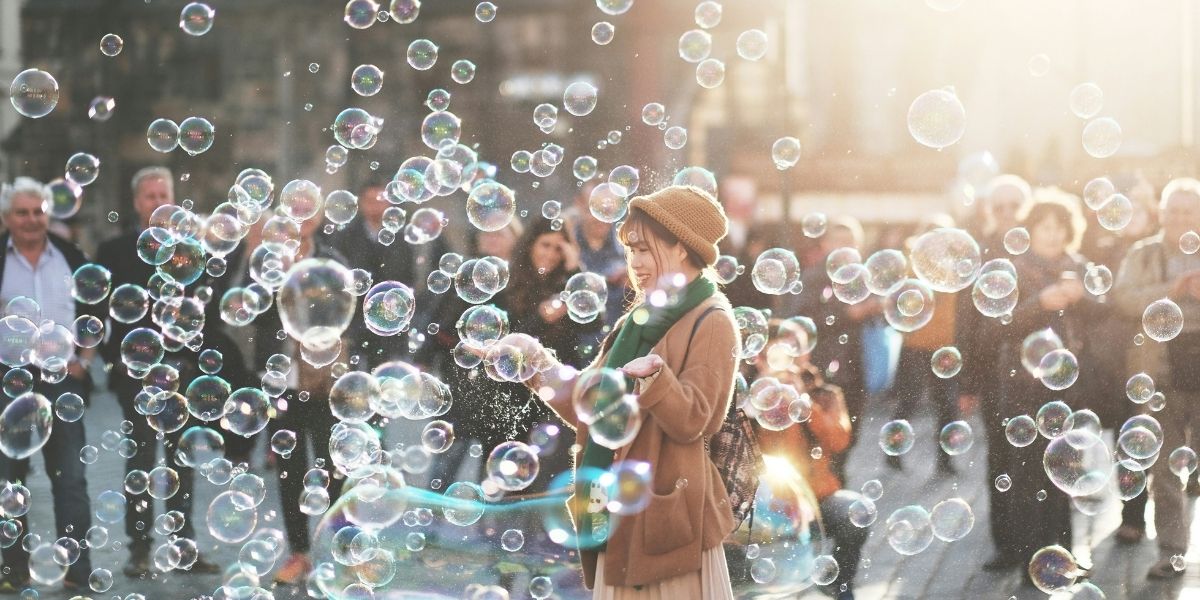Why Are Hobbies More Important Than Ever?
In today’s fast-paced world, hobbies are no longer just pastimes—they’re essential for mental health and well-being. As people juggle work, family, and social responsibilities, they’re seeking out activities that provide relaxation, creativity, and stress relief. Whether it’s an outdoor adventure or a quiet evening crafting, hobbies give people space to recharge.
Recent studies show that hobbies are a form of self-care. As society grows more digital, many are finding comfort in offline activities. Experts agree that dedicating time to hobbies helps reduce anxiety, improve focus, and even foster a sense of belonging when shared with others.
Read Also: The Science of Habit Formation: Understanding How Habits Shape Success
What Are the Top Hobbies in America Today?
When it comes to hobbies, Americans are leaning into activities that provide both joy and community. Outdoor activities are high on the list, with hiking, camping, and fishing seeing a rise in popularity. These pursuits allow people to reconnect with nature and escape the stresses of everyday life.
However, it’s not just about getting outside. Indoor hobbies like cooking, baking, and DIY projects have surged as well. These hobbies not only offer creativity but provide a sense of accomplishment when a dish or craft project turns out just right.
Artistic hobbies, such as painting, photography, and writing, are also thriving, as they offer an outlet for emotional expression. Whether creating visual pieces or journaling, these hobbies provide people with the opportunity to connect with their innermost thoughts.
How Have Digital Platforms Changed Hobbies?
Digital platforms are playing a major role in how people engage with hobbies. Online gaming continues to be a favorite for many, providing not just entertainment but also the chance to interact with others. Platforms like Twitch and YouTube have also given rise to creative outlets, where people can showcase their talents and build communities around their interests.
Social media has a similar impact, with platforms like Instagram and Pinterest fueling the popularity of visual hobbies such as photography, art, and crafting. These platforms offer both inspiration and a place to share and get feedback, creating a sense of connection for individuals with similar passions.
Moreover, learning new hobbies has never been easier. Online courses on platforms like Udemy and MasterClass have made it possible for anyone to pick up new skills—from gardening to coding—in the comfort of their own homes. This digital shift is making hobbies more accessible to a wider audience.
How Do Hobbies Benefit Mental Health?
The importance of hobbies in promoting mental health can’t be overstated. Engaging in activities outside of work or daily chores allows the mind to focus on something purely for enjoyment. Experts point out that hobbies can increase happiness by providing a break from stress and offering a sense of accomplishment.
Whether it’s the meditative quality of knitting or the adrenaline rush of sports, hobbies help people maintain a balanced lifestyle. They also promote social connections, as group activities like team sports or book clubs offer opportunities to meet others with similar interests.
In fact, research indicates that individuals who regularly engage in hobbies experience lower levels of stress, better moods, and enhanced cognitive function. This makes them not just fun, but an integral part of a healthy, well-rounded life.
Are Traditional Hobbies Still Popular?
Despite the rise of digital trends, traditional hobbies like reading, gardening, and collecting remain popular across America. Many people find joy in activities that don’t rely on technology or social media. Reading offers a chance to escape into other worlds, while gardening is an ideal way to relax and enjoy nature.
Collecting, too, remains a beloved hobby, whether it’s sports memorabilia, antiques, or comic books. For many, these activities carry a sense of nostalgia and connection to history. It’s clear that while technology changes the way we approach hobbies, the essence of these activities remains unchanged.
How Have Trends in Hobbies Evolved Over Time?
Over the years, the landscape of hobbies in America has evolved significantly. In the past, people may have been limited to activities that were popular in their community or region. Today, people can connect with others who share niche interests through the internet. This has created a more diverse and inclusive range of hobbies, from urban farming to extreme sports.
Social and cultural shifts have also shaped hobby trends. For instance, the growing interest in sustainability has sparked a boom in eco-friendly hobbies like upcycling, minimalism, and natural beauty products. Likewise, the emphasis on personal health and fitness has led to a rise in activities such as yoga, pilates, and cycling.
Read Also: Cycling’s Role in Lowering Carbon Footprints and Combating Pollution
What Are the Future Hobbies Americans Might Embrace?
Looking to the future, hobbies are likely to become even more diverse and specialized. As technology continues to evolve, we can expect to see more hobbies that blend digital and physical worlds. Virtual reality (VR) and augmented reality (AR) might introduce new ways to engage with games, art, and even fitness. 3D printing could lead to new creative outlets, while mindfulness apps might make self-care practices like meditation even more popular.
However, the future also holds space for a return to simpler, more grounding activities. The trend toward sustainability and mental health could steer more people toward hobbies that promote mindfulness, self-expression, and community-building. It’s a balance between new innovations and traditional pursuits that bring comfort and meaning.






